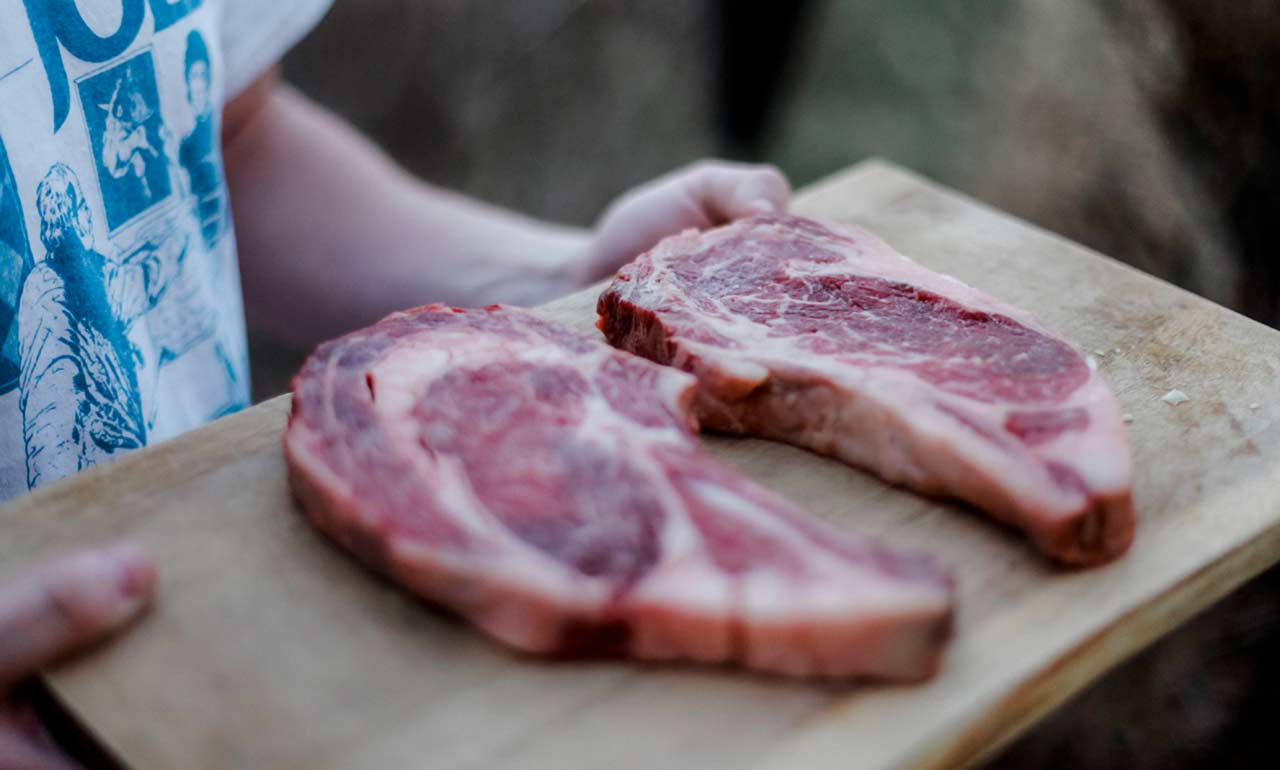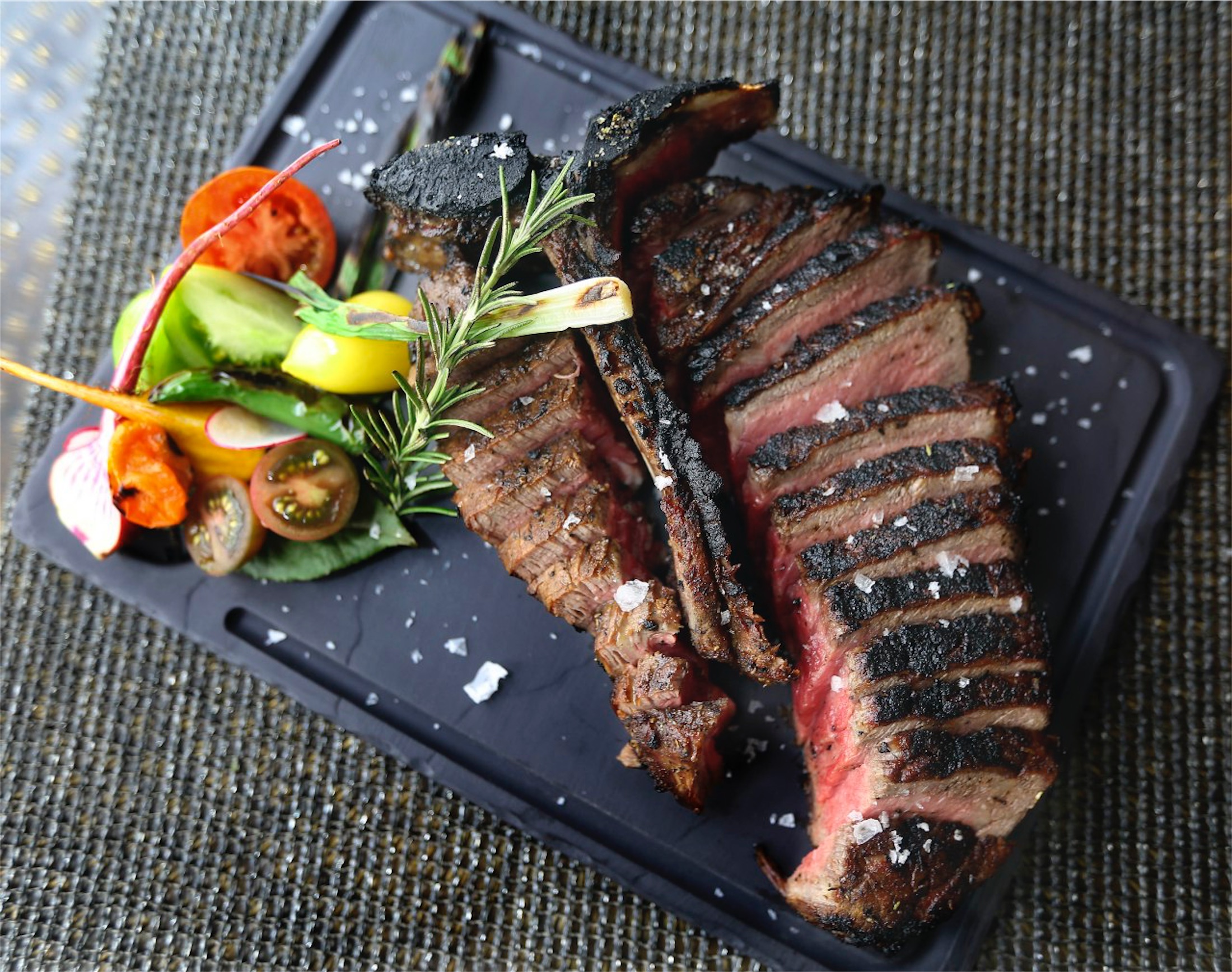Local, fresh meats at Bagley Meat Market Edwardsville IL for a fresher meal.
Local, fresh meats at Bagley Meat Market Edwardsville IL for a fresher meal.
Blog Article
Just How to Choose the Perfect Cut of Meat From a Trusted Meat Market
Selecting the perfect cut of meat from a relied on meat market requires a thoughtful strategy that stabilizes quality, culinary purpose, and budget plan. Understanding the numerous types of meat and their particular cuts is necessary, as is involving with your butcher to gain insights into sourcing and prep work.
Understanding Meat Cuts


For circumstances, the tenderloin is treasured for its buttery structure and marginal connective tissue, making it excellent for fast food preparation techniques such as barbecuing or pan-searing. In comparison, harder cuts like the brisket or shank gain from sluggish cooking techniques to damage down collagen, producing abundant and flavorful outcomes.
Additionally, the fat content of a cut plays a critical role in taste account and dampness retention throughout food preparation. Cuts with higher fat web content, such as ribeye, use an even more durable flavor, while leaner options, like sirloin, may call for mindful preparation to avoid dryness (bagley meat market edwardsville il). Understanding these subtleties permits informed options that elevate cooking developments, ensuring that each meal showcases the ideal top qualities of the chosen meat
Elements to Take Into Consideration
When selecting the ideal cut of meat, a number of essential factors come into play that can significantly affect the last dish. Take into consideration the kind of meat you desire-- beef, pork, lamb, or chicken-- as each offers distinct flavors and appearances. The particular cut within that category is equally important; for example, ribeye delivers rich marbling, while tenderloin provides a lean, buttery texture.
Another element is the food preparation approach you intend to use. Cuts appropriate for barbecuing, such as T-bones or sirloins, vary from those much better fit for slow-moving food preparation, like chuck roasts or shanks. Additionally, freshness is extremely important; constantly choose meat with a vivid shade and company texture, indicating top quality and proper handling.
Premium cuts might offer phenomenal taste, yet there are likewise affordable choices that, when prepared correctly, can produce tasty results. Stabilizing these factors will assist you pick the perfect cut for your cooking needs.
Concerns to Ask Your Butcher
A butcher's experience can be invaluable when selecting the suitable cut of meat for your culinary endeavors. Begin by inquiring concerning the source of the meat.
Following, inquire about the different cuts available for the type of meat you favor. A knowledgeable butcher will certainly explain the nuances of each cut, aiding you choose one that matches your food preparation approach and wanted outcome. Don't think twice to ask about the finest food preparation techniques for a certain cut; butchers frequently have tips that can improve your meal.
It's also sensible to ask about the meat's quality. An excellent butcher will be anxious to share their knowledge and suggest cuts that will delight your taste buds. Involving your butcher with these questions can substantially boost your meat option experience.
Identifying Quality Meat

Appearance is another important factor; high quality meat need to feel strong and somewhat springy to the touch. Stay clear of any kind of cuts that feel slimed or excessively completely dry, as these can show wasting or incorrect storage space. In addition, smell plays an important duty; fresh meat ought to have a tidy, neutral fragrance, while any kind of repulsive or Our site sour smells are warnings.
Lastly, take into consideration the resource. Getting from a reputable meat market, where the meat's beginning is understood, can guarantee higher high quality criteria. By concentrating on these indications-- color, marbling, structure, smell, and resource-- you can confidently select cuts that will boost your cooking and dining experience.
Cooking Approaches for every Cut
Picking the best cooking approach is extremely important for taking full advantage of the taste and tenderness of each cut of meat. Different cuts possess distinct characteristics that determine the most suitable food preparation methods.
For tender cuts, such as filet mignon or ribeye, dry heat approaches like grilling, broiling, or pan-searing are suitable. These strategies enhance pop over to these guys the all-natural tastes while making certain a juicy, delicious texture. On the other hand, harder cuts, such as chuck or brisket, benefit from moist heat techniques, consisting of braising or sluggish food preparation. These strategies help break down connective tissues, resulting in a tender, flavorful dish.
Pork chops and hen breasts are flexible and can be cooked making use of both dry and wet approaches. While grilling or roasting can generate scrumptious results, poaching or sautéing can preserve dampness and tenderness. For lamb, approaches like roasting or braising are recommended, as they match the meat's robust flavor.

Conclusion
Finally, reference choosing the ideal cut of meat from a credible meat market demands a thorough understanding of meat cuts and factor to consider of different aspects, including resource, high quality, and cooking approaches. Engaging with the butcher through targeted queries can produce beneficial understandings and referrals customized to particular culinary requirements. Focusing on both top quality and budget plan will improve the general gastronomic experience, making sure that the picked cut satisfies assumptions in both flavor and prep work.
Report this page